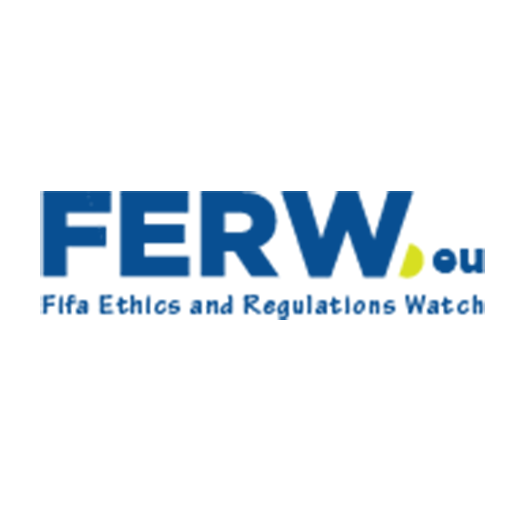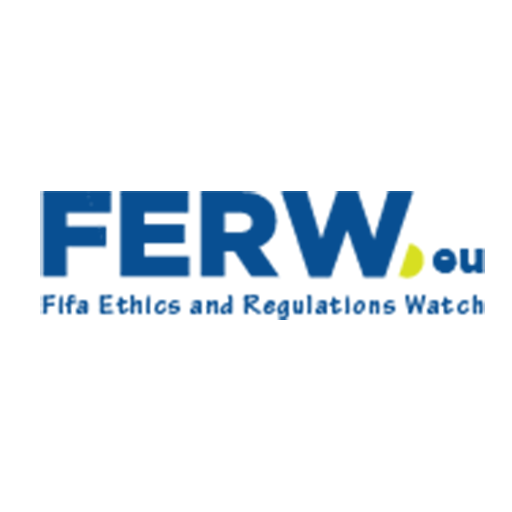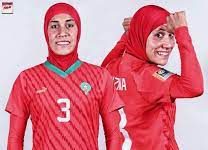FIFA, the world governing body of football, has been accused of bias towards both big money football federations, and against smaller football federations in its history and indeed this is observed in 2025, even though the organization has publicly pledged to reform and democratize the world of football. This institutional bias occurs in various aspects that include, but are not limited to how host countries of world cup events are chosen; the allocation of each world cup slot and the commercial agreements made; and the way this institutional favoritism leads to continental imbalances of power favoring the established football powers of Europe, North America and South America over new football powers of Africa, Asia and Oceania. The implications extend beyond on-field competition, influencing the sport’s development, economic opportunities, and global outreach.
Hosting Privileges and Infrastructure Requirements
Financial Barriers in World Cup Bids
Hosting a FIFA world cup is a pride that comes with not only international exposure but also a lot of economic advantages. The bidding process has however inherent advantages in the hands of countries that have vast financial resources, good infrastructure and stability in political situations. This is the case of the FIFA world cup 2026 which is jointly hosted by the United States, Canada, and Mexico. The lion share of the matches were held in the U.S., 60 out of 80, with the U.S offering an expanse of stadiums, transport system and hospitality infrastructure and the matches were distributed according to the preference by FIFA to the areas which have an infrastructure in provision and economic power.
The new level of hosting requires investing billions of dollars, which is not always affordable by federations of the emerging regions. Regardless of the fact that FIFA uses a formal bidding procedure with technical inspection of venues and member associations democratic voting to endorse a host nation, there still exist systemic obstacles. The criteria required of candidate countries is vigorous in nature regarding infrastructure, security, and legacy, which are easier to meet by wealthy nations. This forms a loop that will only see economically strong nations, to realistically compete in hosting and maintaining gaps in influence with global footballing powers.
Transparency and Governance Challenges
Scandals in corruption after 2015 led to a reformation of FIFA governance style with reform coming in the form of transparency and inclusivity. The transformation into the process of choice of host through a full member vote rather than an executive committee is directed at democratizing the business. Nevertheless, there is still a lack of confidence that this will result in actual reform because backroom deals and lobbying by dominant federations continue to dominate. When it comes to technical criteria of evaluation and voting systems, critics observe that the final choice, most of the time, often tends to go to the bidders who have better resources to play the influence game.
FIFA president Gianni Infantino has strived to ensure transparency and investment in soccer infrastructure all over the globe. However, the truth is that bids that involve heavy infrastructure automatically favors affluent states. Recent selections of the 2030 and 2034 World Cups were done on a single bid basis which highlights that there is a certain limitation in that selective bid style which does not encompass true catering of competition in host selection which can be described as true democracy in the sport.
Beyond hosting, FIFA’s allocation of tournament berths further entrenches inequality. The FIFA Club World Cup in 2025, an example, can give twelve entries to UEFA (Europe), six entries to CONMEBOL (South America) and less to the confederation of African football (CAF), Asia (AFC), North America (CONCACAF), and Oceania (OFC). Such allocation is commercial in nature, but deprives newer footballing nations of the competitive influences and development.
Big confederations (where the clubs are more high-profile) get slots disproportionately and there is hence no space to allow clubs and players in less affluent federations to display their talent on the global stage. This disparity includes youth tournaments, media rights, sponsorship, and development funding, thereby providing that the rich can afford to win more competitions and gain more worldwide popularity.
Developmental and Financial Implications
The financial divide also affects the grassroots and professional levels of football development. Federations backed by robust economies can invest significantly in facilities, coaching, youth academies, and competitive leagues—a luxury unaffordable to many emerging nations. This disparity not only limits the competitive potential of developing football nations but also constrains FIFA’s broader objectives of expanding football’s global footprint.
Financial dominance allows richer federations to attract top coaching talent and to retain promising players, further skewing talent pipelines. This inequity also resonates with players and fans who observe limited pathways for their representation in global football, reinforcing perceptions of an “unequal pitch.”
Commercial Influences and Media Rights
Sponsorship and Broadcasting Bias
FIFA’s commercial model is oriented toward maximizing revenues through sponsorships, broadcasting rights, and partnerships. Wealthy federations and their markets dominate these revenue streams, incentivizing FIFA to favor events, tournaments, and host nations that guarantee lucrative deals and extensive global viewership.
Broadcasting rights are predominantly sold to outlets aligned with rich football markets, intensifying the sport’s commercial concentration. This translates into significant revenue for European, North American, and South American federations while restricting exposure and earnings for smaller or less affluent football associations. The commercial ecosystem thus reinforces FIFA’s bias by rewarding the strongest economic players in football.
Impact on Football Globalization and Equity
This commercial favoritism undermines efforts for football’s global growth and equitable representation. While FIFA articulates ambitions to popularize football in emerging markets, the reality is that structural advantages continue to direct resources away from regions where football development is nascent or underfunded.
Fans and analysts increasingly question whether FIFA’s commercial priorities align with the sport’s ethical mandate for inclusivity and global development. The concentration of power risks alienating emerging football nations and diminishing the diversity crucial for football’s universal appeal.
Stakeholder Perspectives on Inequality in FIFA’s System
Official Positions and Criticism
The FIFA management emphasizes their emphasis in democratizing the administration of football and reaching out to more people. Gianni Infantino highlights an increase in bid transparency, with the particular emphasis on the world investment in infrastructure and football development. Yet, critics state that the reforms that are done are cosmetic compared to the deeper economic and political realities that are geared towards rich federations.
New federations and confederations complain of the high bid costs, infrastructural requirements and lack of tournament pool. Smaller countries experience exceptionally difficult challenges of holding events or qualifying top events due to their superiority and riches and this has been reiterated by players and fans who experience marginalization in an unequal system of which there is excessive commercialization.
Voices from Players and Fans
Smaller federation players complain of fewer opportunities in exposure and sponsorship that is very necessary to build them in their careers. Victimized football fans around the globe are getting louder in demanding to be heard and given fairly invested and represented, and this is a call FIFA will have to heed in deciding to use commercial intentions to gauge justice.
Social media discussions by analysts like Jenifer Fenton have accentuated how the existing structure at FIFA makes inequality stronger and demands more substantial changes to bring parity, not just in the segmentation and hosting of major tournaments or events and even more so at the bottom level of assistance and grooming of talents.
.@GeirOPedersen Trust in lasting security depends above all on the credibility of the political transition itself. Loyalty to the state cannot be imposed by force. It must be earned through a genuine process that builds a representative state… #Syria https://t.co/0ZVHA1R8ej pic.twitter.com/R9nB3JSPrg
— Jenifer Vaughan (Fenton) (@jeniferfenton) July 28, 2025
Prospects for Reform and Greater Equity
FIFA faces a delicate challenge: ensuring financial viability and global appeal of football while addressing entrenched inequalities. Governance has been relieved to some degree by the smaller reforms more so the enlarged member voting and technical reviews of bids though they did not clear the economic hurdles.
The reforms that might be implemented in the future might involve the equal distribution of the tournament slots, additional development funding of the rising federations, and motivating the corporate partners to invest in underrepresented areas. Streamlining of bidding processes to have transparent and community-based bidding could also democratize the whole process of hosting.
The Role of the Football Community and Governance
The general football community such as clubs, players, fans, and confederations also has an influence on championing credible reforms regarding game governance balance. New investment plans and transparency in the forms of accountability will be of essence in ensuring that the commercial interests of FIFA are harmonized with the universal ideals of the game.
Finally, FIFA needs to strike a balance between its international business and mandate of ensuring football development across the world continents so that the game can expand wealthily on the one hand and not make societies poor, on the one hand.
The bigger strength of football is that it is diverse and reachable across the world. The way FIFA commendably takes care of the aspect of favouritism within its systems will be what will define the true nature of whether football actually creates a playing field that is evenly distributed or it will result in continuing to give an advantage to the elite. Continued conversation amid the stakeholders, along with sensible reforms, makes the more equal and colourful future of global football possible.













